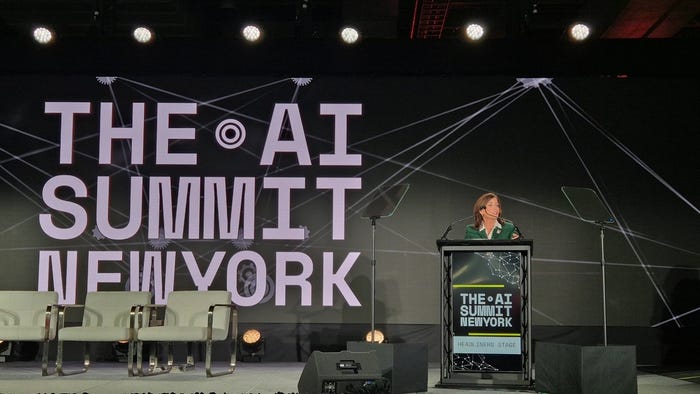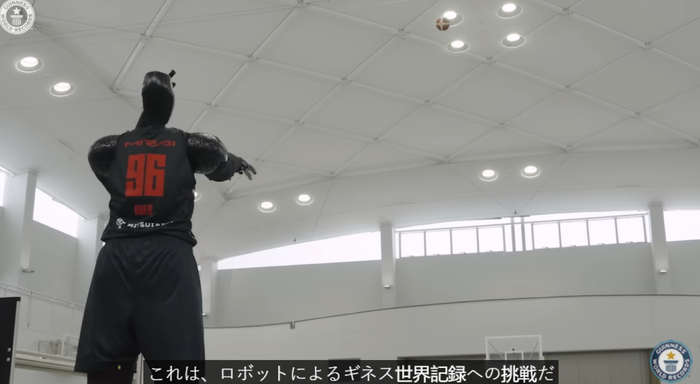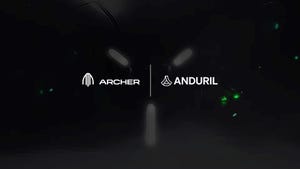NASA, Zipline Partner on Drone, Flying Car Development
The pair is working together on m:N operations in the future of aviation

NASA has partnered with drone-delivery company Zipline to help craft a future vision of U.S. aviation that includes autonomous delivery drones and air taxis.
NASA researchers are developing tools and techniques to enable “m:N operations,” in which a small number of people (m) manage many autonomous vehicles (N). The research requires close coordination with various members of the aviation community to understand industry and public needs for such operations.
Zipline was tapped as a partner because it currently uses m:N operations to deliver medical supplies and consumer products in Northwest Arkansas, Japan, Ghana and Rwanda. The San Francisco-based company will share the knowledge it’s gained through its own experiences with the NASA team as the agency seeks to implement m:N operations in U.S. airspace.
Like what you're reading? For more stories like this on emerging technologies, sign up for our free daily email newsletter to stay updated!
“Public-private cooperation is essential to expanding drone delivery and unlocking its benefits for more people,” Zipline general counsel Conor French said. “This partnership is an important step in that direction. We’re excited to work with NASA to accelerate growth in drone delivery, both in the U.S. and abroad.”
Zipline will join NASA’s Multi-Vehicle Control (m:N) Working Group, which brings together government, industry and academic circles to identify and reduce barriers to m:N operations. Topics addressed by the group include technical, regulatory, safety assurance and community acceptance and how they intersect with various multi-vehicle control situations, like urban/advanced air mobility, drone delivery, infrastructure inspection, disaster response and recovery, and high-altitude pseudo-satellite operations.
The NASA-Zipline partnership falls under the Space Act Agreement, a legal instrument NASA uses to gain input and resources from external entities without entering into procurement agreements. In return for assisting NASA, Zipline will be able to use the space agency’s tools and research as it seeks to expand its fleet operations in the U.S.
“These collaborations are quite important,” said Kelley Hashemi, the technical lead for autonomous systems at NASA’s Ames Research Center in California. “It’s critical for NASA to gather the community’s input in order to achieve meaningful progress towards this future vision of U.S. aviation.”
Read more about:
Flying CarsAbout the Author
You May Also Like








